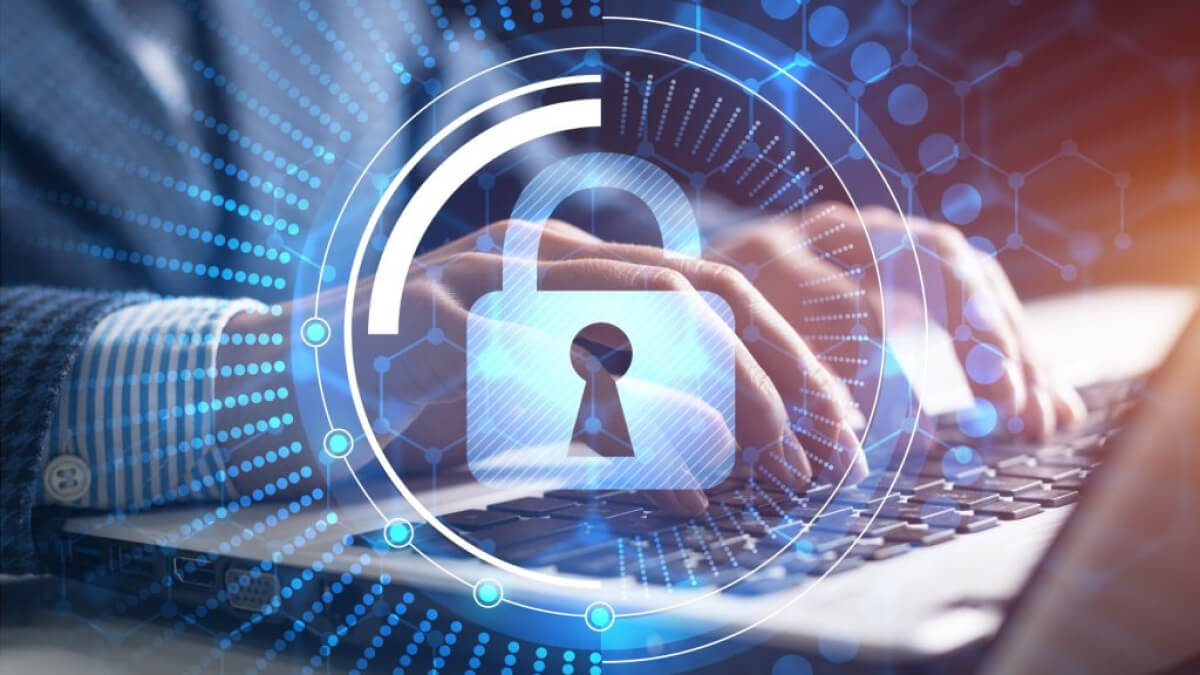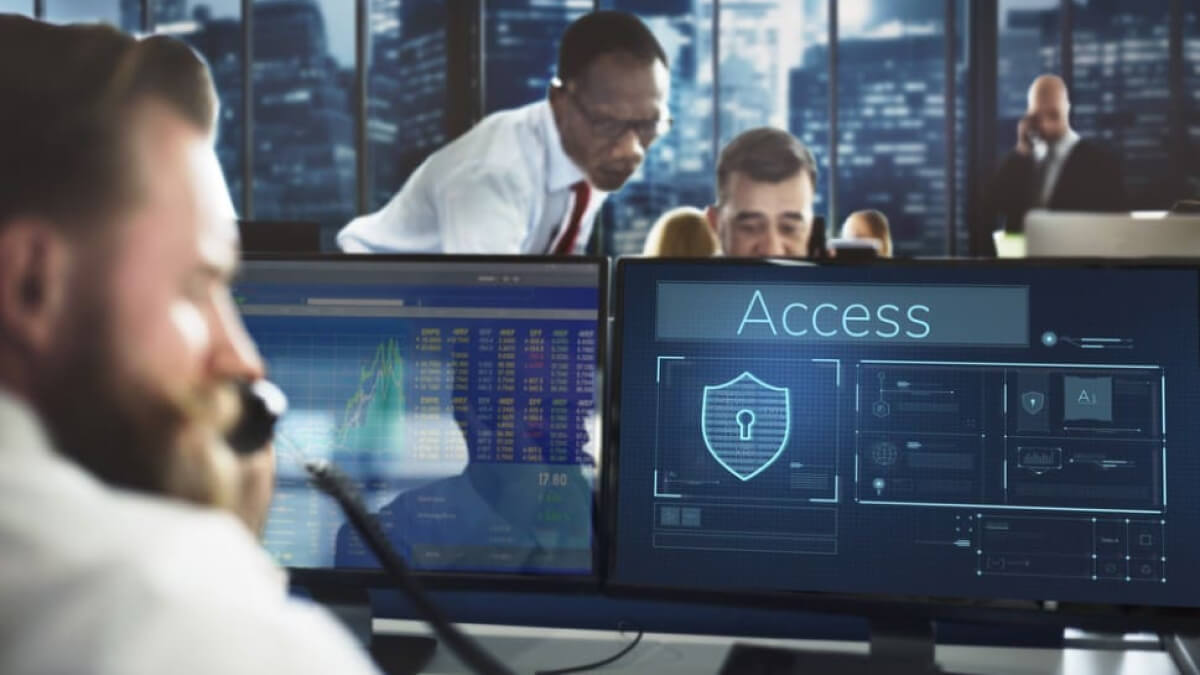As cyber threats grow in sophistication and frequency, organizations face an increasingly complex challenge in protecting their digital assets. Traditional cybersecurity approaches, while still valuable, are no longer sufficient to address the rapidly evolving threat landscape. Enter Continuous Threat Exposure Management (CTEM) – a proactive and holistic approach that is revolutionizing how organizations defend against cyber attacks.
What Is Continuous Threat Exposure Management?
Continuous Threat Exposure Management represents a paradigm shift in cybersecurity strategy. It moves beyond reactive measures to provide organizations with a comprehensive, ongoing framework of their security posture.
Evolution from Traditional Cybersecurity
CTEM evolves from periodic assessments to continuous monitoring. It integrates vulnerability management, threat intelligence, and risk assessment into a cohesive, ongoing process. This shift enables organizations to maintain real-time awareness of their security posture, moving beyond static defenses to an ongoing approach that keeps pace with modern threats.
CTEM and Today’s Threat Landscape
CTEM addresses the volatility of modern cyber threats by providing continuous visibility, real-time threat intelligence, and prioritized remediation. It enables organizations to shift from reactive to proactive defense, offering automated responses to emerging threats. This approach helps minimize exposure to risk in an environment where attackers constantly develop new techniques to exploit zero-day vulnerabilities faster and faster.
The Evolving World of Cybersecurity
The cybersecurity landscape is undergoing rapid transformation, driven by technological advancements and changing business practices. Understanding these shifts is crucial for appreciating the role of CTEM in modern cybersecurity strategies.
Attack Surfaces Are Expanding
Modern attack surfaces have evolved beyond on-premises networks to encompass cloud infrastructures, remote work environments, IoT devices, third-party vendors, and mobile applications. This expansion creates numerous new entry points for potential attackers, making it increasingly challenging for organizations to maintain visibility and control over their entire digital footprint fast enough to be effective.
Digital Evolution Is Accelerating
The pace of digital transformation has accelerated across industries, with organizations rapidly adopting new technologies like AI, edge computing, 5G networks, and blockchain. While these innovations offer significant benefits, they also introduce new security challenges and potential vulnerabilities that traditional cybersecurity approaches may struggle to address.
Point-in-Time Assessments Are Inadequate
Traditional point-in-time security assessments provide only a snapshot of an organization’s security posture, failing to capture the dynamic nature of modern threats and vulnerabilities. These periodic evaluations struggle to detect rapidly emerging threats, lack continuous visibility into the changing attack surface, and may allow critical vulnerabilities to remain undetected between assessments.
Why Cybersecurity Strategies Need CTEM
The adoption of CTEM is crucial for organizations facing an evolving threat landscape. The rapid proliferation of vulnerabilities and exploits, including zero-day threats and complex software systems, demands continuous scanning and risk-based remediation. CTEM provides automated responses to quickly mitigate potential threats. The growing complexity of cybersecurity regulations, such as GDPR and HIPAA, requires organizations to demonstrate robust security practices. CTEM supports compliance through continuous monitoring, automated reporting, and evidence of ongoing security efforts.
Moreover, real-time visibility into an organization’s security posture is now a necessity. CTEM offers continuous asset discovery, real-time vulnerability assessment, and immediate alerts on critical issues. This visibility enables security teams to make informed decisions and respond to threats with unprecedented speed and precision. By addressing these critical factors, CTEM has become an indispensable component of modern cybersecurity strategies.
Benefits of a CTEM-Based Strategy
Implementing a CTEM-based strategy offers significant advantages that enhance an organization’s overall security posture. It provides comprehensive visibility, identifying unknown assets and vulnerabilities while offering a real-time inventory of digital assets. CTEM improves prioritization through context-aware risk scoring, considering vulnerability severity, business impact, and asset criticality. It integrates threat intelligence and offers automated remediation recommendations, helping security teams focus on critical issues.
CTEM enhances threat detection and response capabilities through continuous monitoring, real-time alerts, and automated event correlation. By reducing Mean Time to Detect (MTTD) and Mean Time to Respond (MTTR), organizations can minimize the impact of security incidents.
Furthermore, CTEM aligns cybersecurity efforts with business objectives by providing quantifiable risk measures and enabling data-driven security investment decisions. This alignment helps organizations balance risk management and operational efficiency effectively.
How to Build a Modern Cybersecurity Strategy
Developing a robust cybersecurity strategy centered around CTEM requires a structured approach. Let’s explore the key steps in building a modern, CTEM-based cybersecurity strategy.
1. Scoping: Define the Attack Surface
The first step in implementing CTEM is to clearly define the scope of your organization’s attack surface, including all digital assets, network boundaries, and third-party connections. This comprehensive scoping ensures no potential exposure points are overlooked, laying a solid foundation for effective CTEM implementation.
2. Discovery: Identify Assets and Vulnerabilities
Once the scope is defined, conduct thorough and continuous asset discovery and vulnerability identification across your entire digital infrastructure. This ongoing process, which includes automated asset discovery, vulnerability scanning, and integration with threat intelligence feeds, provides the raw data needed for effective risk assessment and prioritization.
3. Prioritization: Assess Risk and Business Impact
With a comprehensive view of assets and vulnerabilities, prioritize risks based on their potential impact on the business, considering factors such as asset criticality, vulnerability severity, and likelihood of exploitation. This prioritization ensures that security efforts are focused on the most critical risks, maximizing the impact of limited resources.
4. Validation: Confirm Exploitability
To refine prioritization and avoid false positives, validate the exploitability of identified vulnerabilities through penetration testing, breach and attack simulation, and analysis of real-world exploit data. This validation process helps organizations focus on real, actionable risks rather than theoretical vulnerabilities, ensuring efficient use of security resources.
5. Mobilization: Take Action to Mitigate Risks
The final step in the CTEM process is to take action to mitigate identified risks through developing and implementing remediation plans, applying security patches, and adjusting configurations. This mobilization phase closes the loop on the CTEM process, continuously improving the organization’s security posture through targeted action and follow-up assessments.
The Future of CTEM Strategies
The future of CTEM strategies will be shaped by several emerging trends and developments. Integration of AI and machine learning will enable more sophisticated risk analysis, while increased automation will streamline remediation processes. Enhanced integration with DevSecOps practices will improve overall threat management efficiency.
The proliferation of IoT devices and OT systems presents unique challenges for CTEM, including vast scale, diversity, and IT-OT network convergence. Future strategies will evolve to provide comprehensive coverage of these expanding attack surfaces through specialized security controls and adaptive management techniques.
Predictive analytics holds significant potential for CTEM, using historical data to forecast vulnerability trends and potential attack vectors. This capability will enable organizations to move from reactive to proactive security postures, anticipating and mitigating threats before they materialize, thus staying ahead in an increasingly complex digital landscape.
CTEM as a Cornerstone of Modern Cybersecurity
As cyber threats continue to evolve in complexity and scale, Continuous Threat Exposure Management has emerged as an essential component of modern cybersecurity strategies. By providing comprehensive visibility, enabling improved prioritization, and aligning security efforts with business objectives, CTEM empowers organizations to navigate the complex threat landscape with confidence. This shift from periodic, reactive security measures to a proactive, continuous approach keeps pace with the dynamic nature of modern threats.
As we look to the future, CTEM will undoubtedly play an increasingly crucial role in helping organizations maintain robust security postures. By embracing CTEM and staying abreast of emerging trends and technologies, organizations can build resilient cybersecurity strategies that not only protect against current threats but also adapt to future challenges. In this way, CTEM becomes not just a security tool, but a cornerstone of business resilience and success in the digital age.Ready to revolutionize your cybersecurity strategy with CTEM? Contact SixMap today for a personalized demo and consultation on how to secure your external attack surface.



